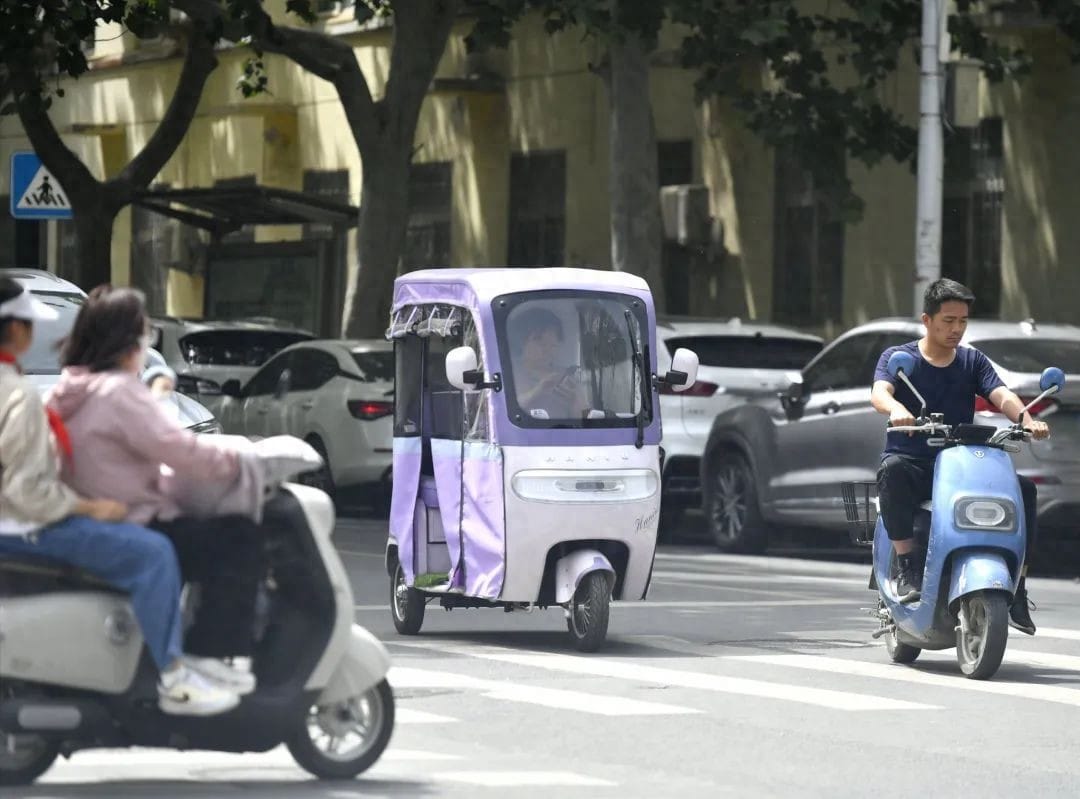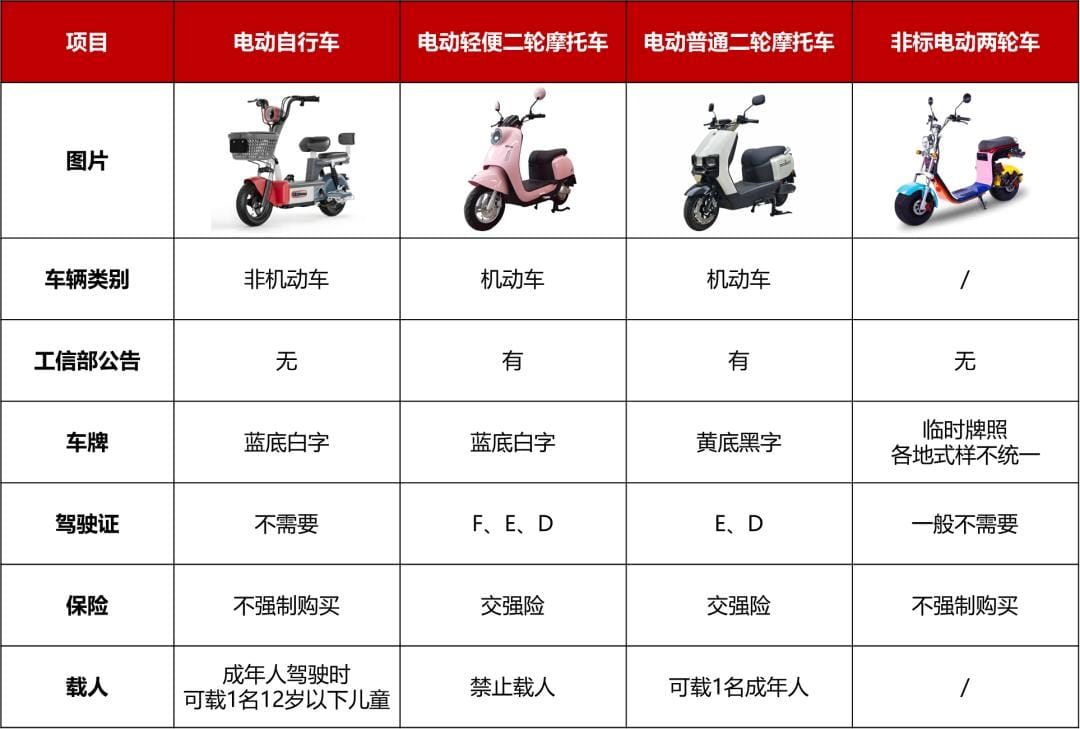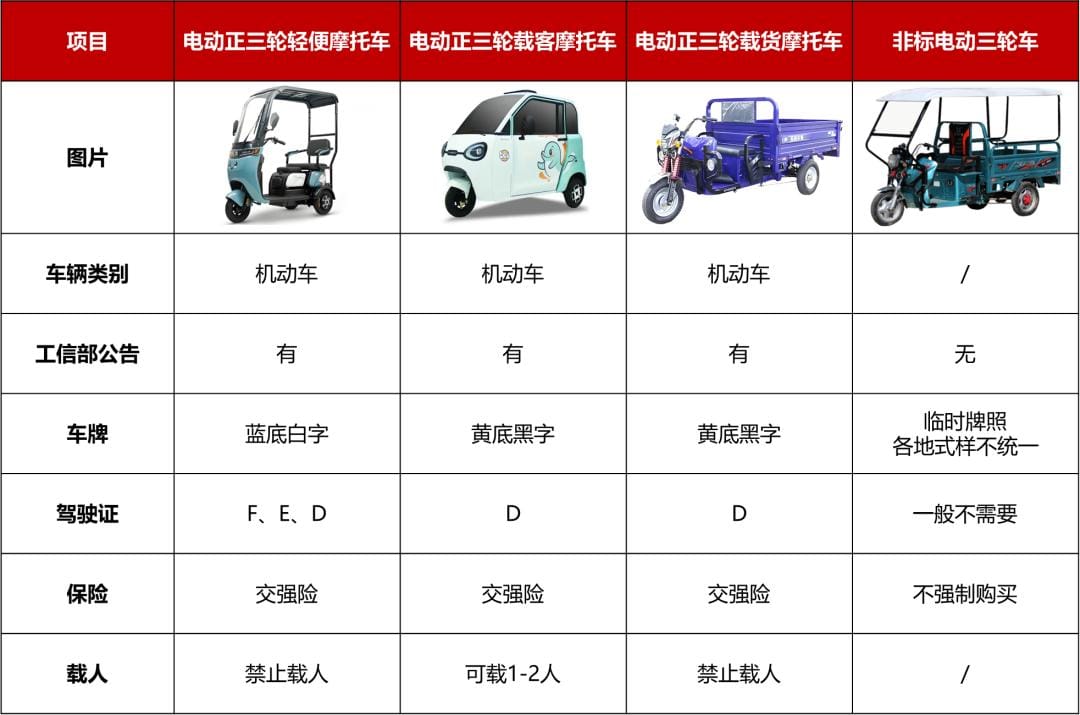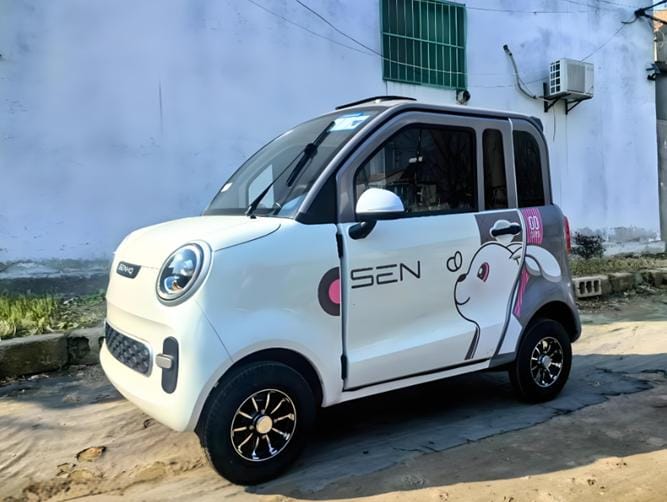Good News: 10 E-Bike Types Legal on Roads from August 1 – No Fines!
From August 1, 10 types of electric bikes become legal on roads with no fines—learn which e-bikes qualify and how to ride safely and legally.

Introduction: Riding into a New Era 🚲✨
Good news is buzzing on the streets! Starting August 1, ten specific types of electric bikes (e-bikes) will be officially legal to ride on roads without fear of fines or penalties. This new regulation is designed to crack down on illegal vehicles while giving owners of compliant e-bikes peace of mind. Let's dive into these 10 types and what makes them safe and legal to ride.

Four Types of Two-Wheeled E-Bikes You Can Ride Worry-Free
First up, two-wheel lovers rejoice! The new rules identify four categories of electric two-wheelers that meet safety standards and legal requirements. Whether you're into a gentle zip around the block or a speedy commute, these types have you covered.
- New Standard Electric Bicycles: Limited to speeds of 25 km/h with motors up to 400W, these are lightweight and equipped with pedaling functions. No driver's license required, and riders 16+ can hop on legally.
- Electric Lightweight Motorcycles: These can go faster, up to 50 km/h with motors up to 4KW, but require a driver’s license and proper insurance. Remember: no passengers allowed!
- Electric Ordinary Motorcycles: Speed kings, exceeding 50 km/h and >4KW motors, these need licenses and insurance but allow one adult passenger.
- Transition Period Non-Standard Two-Wheelers: Vehicles not meeting the new standards can temporarily register with a special plate and ride legally during the transition period.

Three-Wheel Thrills: Four Types Now Road Legal 🛵
Love stability? Electric three-wheelers are also covered, split into four categories with different speed and passenger rules:
- Lightweight Electric Three-Wheelers: Max 50 km/h speed, powered by motors ≤4KW, require license and insurance, but no passengers allowed.
- Passenger Electric Three-Wheelers: Faster models above 50 km/h, can carry 1-2 adults with proper licensing and insurance.
- Electric Three-Wheel Cargo Vehicles: Designed for hauling, these are fast but prohibit passengers and require standard licenses and insurance.
- Transition Period Non-Standard Three-Wheelers: Like their two-wheel cousins, these vehicles can be temporarily registered during the transition period.

Four-Wheel Fun: Two Types Finally Road-Ready 🚗⚡
Electric four-wheelers aren’t left out! Two classes of these vehicles are now allowed on the roads within certain limits:
- Small Electric Four-Wheelers: Compact, low-power vehicles around 3 meters in length and 3KW motors, legal after temporary registration, and generally no license required.
- Large Electric Four-Wheelers: Bigger models with more power (above 3KW), speeds between 50-70 km/h, requiring at least a C2 driving license to operate legally.

Conclusion: Ride Smart, Ride Legal! 🛴✅
Summing it all up, these ten electric vehicle types—four two-wheelers, four three-wheelers, and two four-wheelers—are now welcomed on the roads, provided they comply with registration, licensing, and safety rules. No fines, no fuss, just smoother rides ahead for e-bike fans everywhere!
So, gear up, check your e-ride, and enjoy the freedom of the road with confidence. The future of eco-friendly commuting just got brighter and a lot more exciting! 🌍💚




